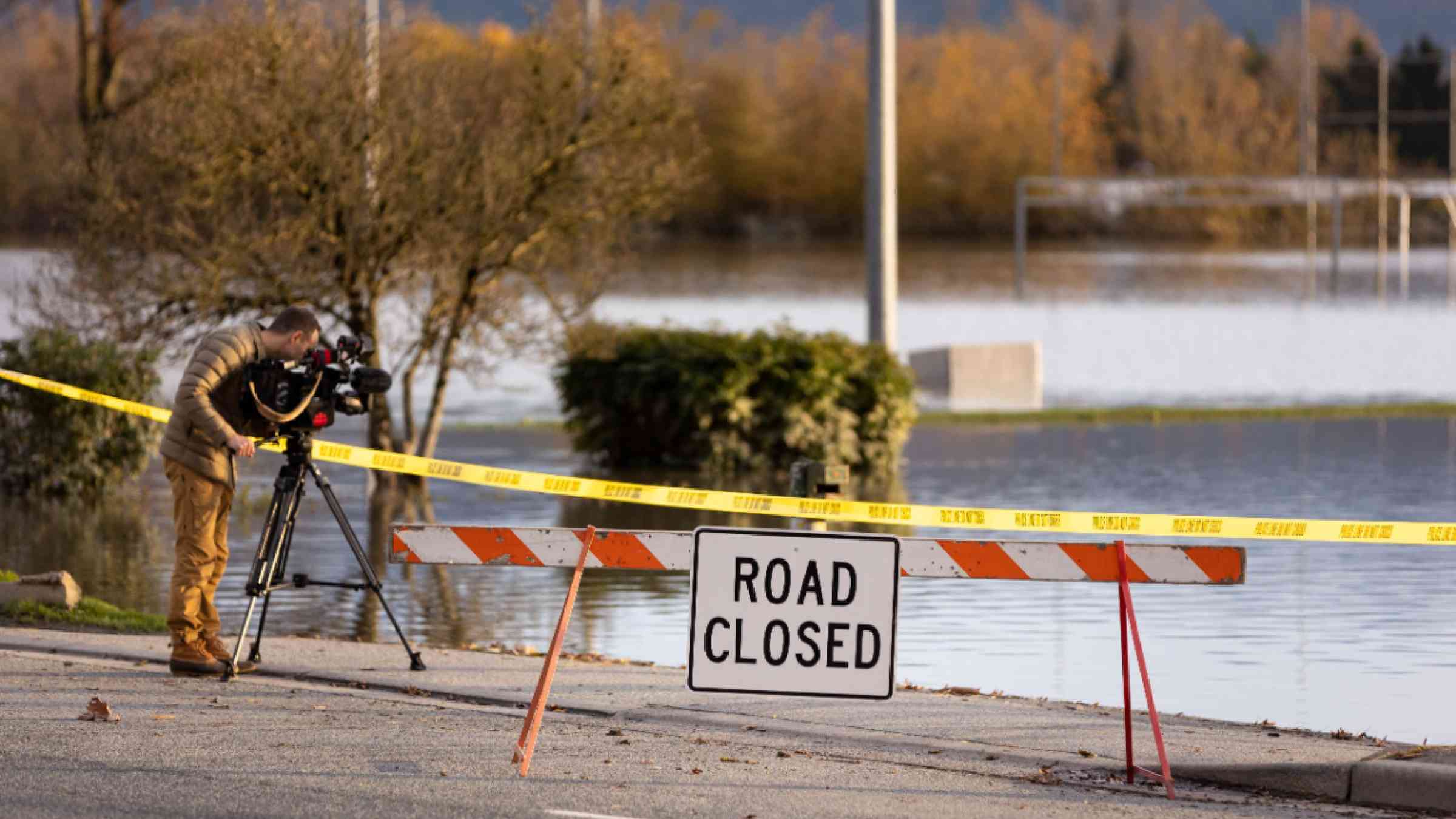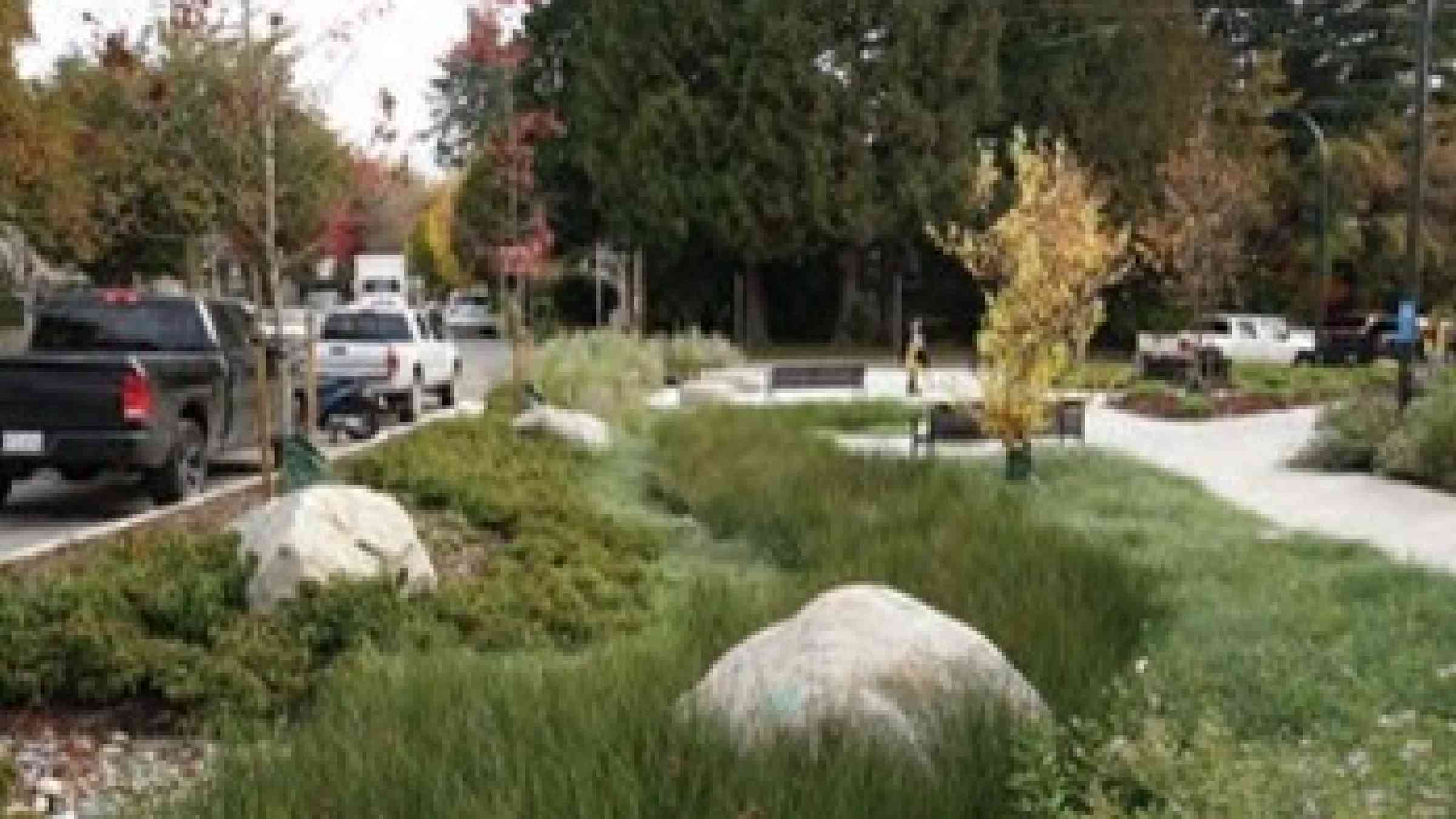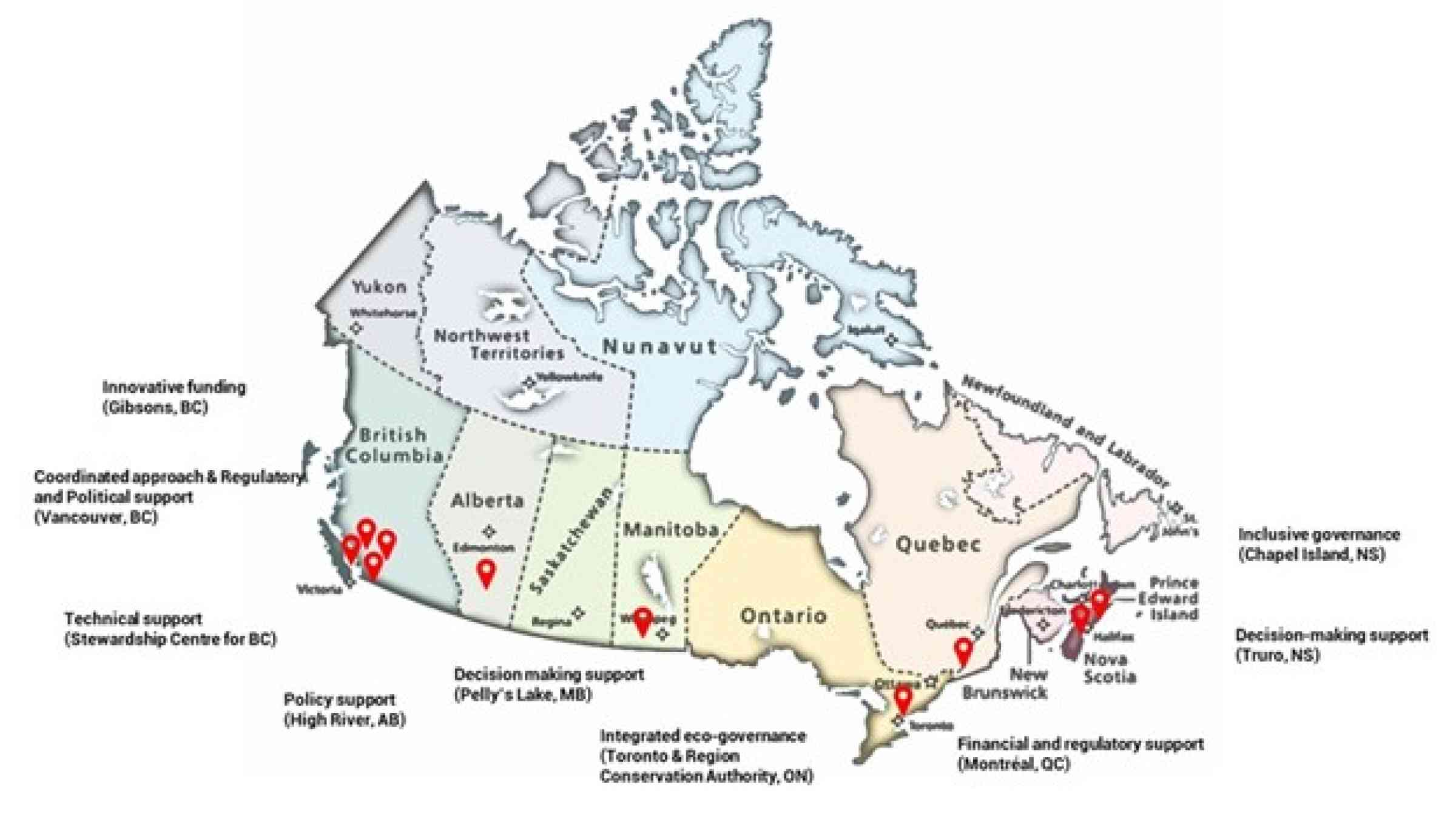Canada’s success in harnessing nature for infrastructure resilience

Canada, like most countries around the world, is facing growing disaster risks and losses because of climate change. In the last 50 years, its combined losses from extreme weather and related disasters have increased by more than a 1000%. Last year alone, its insurable losses from the impact of extreme weather were around CA$ 3.1 billion dollars.
Damage to infrastructure and disruptions of its services is one of the largest contributors to disaster economic losses, which is why building infrastructure resilience is one of the seven targets of the Sendai Framework for Disaster Risk Reduction.
“There is a need to scale up the action and build resilience into infrastructure from the onset,” said Ms. Lo Cheng, Director General of Environment and Infrastructure Policy at Infrastructure Canada, the lead department on infrastructure policy in the Government of Canada.
Ms. Cheng highlighted that Canada’s approach to reducing disaster risks and building resilience is aligned with the Sendai Framework for Disaster Risk Reduction, and more recently, with the Principles for Resilient Infrastructure, which were released by the UN Office for Disaster Risk Reduction in 2022.
“Infrastructure does not work alone, and individual assets do not work alone. Together, they provide a service for the well-being of the community,” said Ms. Cheng.
The Principles, which were developed following consultations with over 100 countries, call on countries to adopt a systems approach to investing in infrastructure resilience.
Taking this into practice, Canada released in November 2022 its first National Adaptation Strategy. Its key statement, according to Ms. Cheng, is that “all infrastructure funding will now be tied to resiliency requirements.”
This is a significant step to mainstreaming resilience across Canada, and one of its priorities is increasing investments in nature-based solutions to make built and natural infrastructure systems climate-resilient.
“Nature-based solutions are aligned with the UNDRR’s Principles for Resilient Infrastructure, including the need to work in a positively integrated way with the natural environment,” noted Ms. Cheng.
Already a growing number of Canadian local governments are turning to natural infrastructure as a cost-effective solution to manage climate and disaster risks, while also reaping many of the economic, social and well-being benefits they provide. This is being done by creating and conserving wetlands, enhancing urban drainage systems, and restoring beaches and dunes.
The Government of Canada has dedicated considerable financial resources to increase the use of nature-based solutions. Since 2018, the largest amount of funding for these solutions has come from the Disaster Mitigation and Adaptation Fund, which has invested CA$ 3.86 billion in 83 projects across Canada, most around addressing the risks of floods and wildfires. This was further bolstered in June 2021 through the establishment of the CA$ 200 million Natural Infrastructure Fund, which is Canada’s first fund dedicated to nature-based solutions.

Examples of nature-based solutions in action include the creation of rain gardens and bioswales in Vancouver, British Columbia. This solution manages 90% of the average annual rainfall runoff from surrounding roads. All while generating additional benefits such as reducing the combined sewer overflow, enhancing the habitat for pollinators, and increasing the green space for communities.
A key factor in Canada's success has been its all-of-government and whole-of-society approach.
On the government side, different sectoral agencies are involved in policy development and implementation, including the departments responsible for public safety, transportation and the environment. This ensures that policies are informed by solid research, tested, refined and then implemented across agencies.
Stakeholder and community engagement occurs at multiple points, including from the ground up. One example is a current effort to bring together engineers, scientists, practitioners, communities, and indigenous rights holders to develop and participate in real-world pilot projects. The findings and lessons from these pilot projects then inform policy and programs to reduce risk in other communities.

Canada has also been proactive in sharing its lessons learned and good practices with other countries. Recently it contributed ten case studies to the upcoming Coalition for Disaster Resilient Infrastructure’s Report on Global Infrastructure Resilience. The case studies will showcase the different ways Canada has used nature-based solutions for climate resilience, including how they overcame barriers, harnessed innovative financing and employed inclusive governance.
What is especially admirable about Canada’s efforts in disaster risk reduction and climate adaptation is its focus on leaving no one behind, as explained by Ms. Cheng:
“Adaptation actions affect communities differently. We need to prioritize our most vulnerable communities – those most at risk and least able to adapt.”